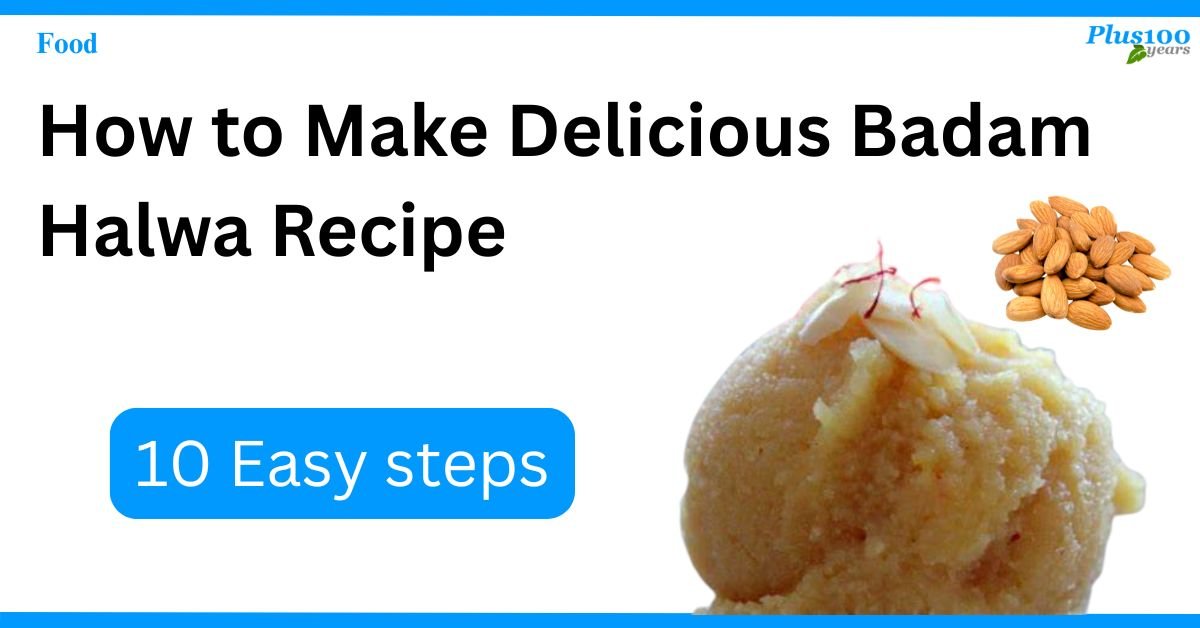Updated:13-03-2025
Badam halwa, the name itself is quite tempting.
Badam has been eaten as a ritual in most of the traditional Indian families.
Especially during the winter season and is known to offer protection against cold and boost up your resistance during the cold weather.
However, you cannot eat more than two to three small teaspoons at a time as it is heavily loaded with energy and calories.
Let us know about how to make Badam Halwa.
Ingredients to prepare Badam Halwa
- ½ cup almonds, soaked for 8 to 10 hours/overnight
- 1/3 cup milk
- 3 tbsp clarified butter/ghee
- 4 tbsp sugar
- ¼-cardamom powder
For the Garnish:
- 3 peeled and sliced almonds
Method to prepare Badam Halwa
- Peel the skin of the soaked almonds.
- Put the almonds, 1/ 2 of the milk in the blender and blend to form a smooth running paste
- Heat ghee in a pan, and add the almonds and milk paste
- Keep on stirring over a slow flame until the mixture becomes golden brown
- Pour the remaining milk into the pan and add 4 tbsp water to it.
- Bring it to a boil and add the golden brown mixture of almond and milk to it.
- Cook for a couple of minutes or until the mixture has blended properly as one
- Add sugar, and cardamom powder and cook until the sugar dissolves completely.
- Keep on stirring for a while.
- Garnish with sliced almonds and serve hot.
{ Also Read: Almond Til Chikki Recipe }
Nutritional values of Badam Halwa
- Badam halwa is rich in protein, fiber, fat, riboflavin, niacin, thiamine and vitamin E
- It also contains minerals such as zinc, copper, and iron.
- The combination of almonds and milk makes this recipe a good growing food for children.
- The fat content in badam halwa is mostly monounsaturated type, which is known to build up HDL cholesterol
Health Benefits of Badam Halwa
- Badam halwa improves the physiological functioning of the nerves, brain, heart, bones, and liver
- It contributes to the formation of new blood cells, thus preserving the vitality of muscles and the brain, and delays the ageing process.
“We would greatly appreciate it if you kindly give me some feedback on this article”




